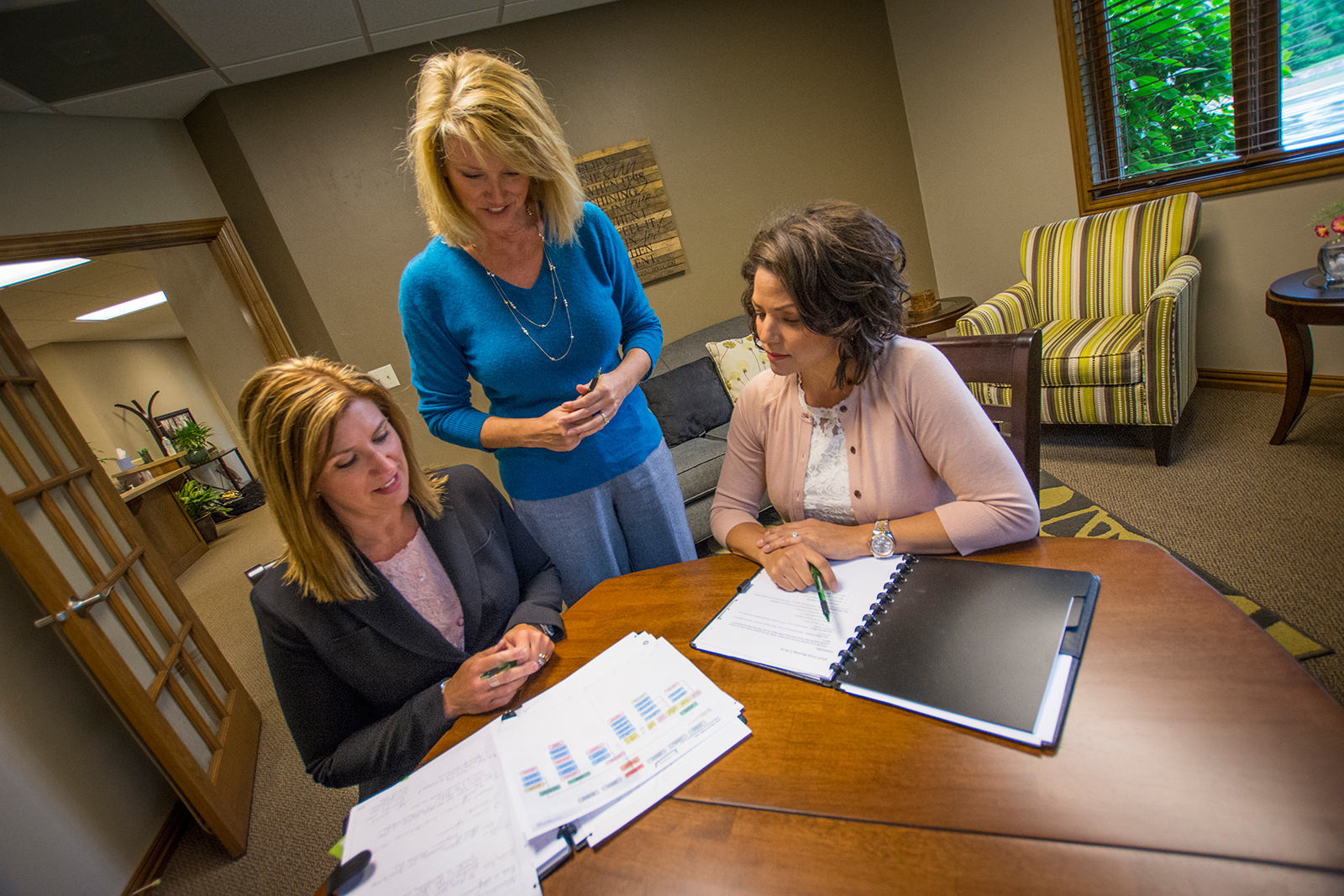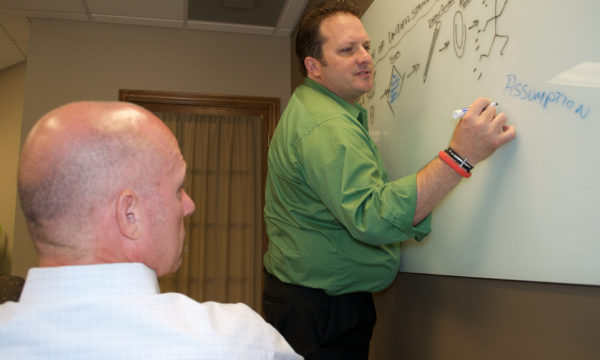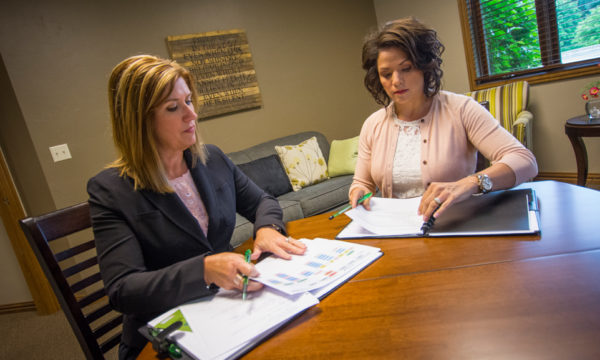Picture this: You’ve gathered the brightest people, the clear experts and the highest performing teammates to solve a problem. With brainpower like that in one room, there is an inherent expectation for a rapid, impactful solution. Then, weeks go by with no solution or one that has negatively affected productivity, growth, culture – or all of the above. The culprit? Poor team dynamics.
Team dynamics are the unconscious, psychological forces created by the combination of personalities within a team. They manifest in how people interact including communication style, decision-making, the level (or lack) of trust and ultimately how effective they are at problem-solving. They are like undercurrents in the sea, which can carry boats in a different direction than the one they intend to sail.
Poor Team Dynamics Hinder Growth
Unhealthy teams operate in silos, everyone trying to solve problems on their own. Fostering a lack of trust, this leaves a great deal of untapped potential. Ideas remain closed off, opportunities lie dormant, innovation is stifled. Unproductive conflict, mistrust, demotivation, the loss of skilled staff and the loss of revenue also come in plenty.
And in an age where all of us are communicating more and more through electronic devices instead of actual conversation, teamwork suffers. As Steve Jobs said, “There’s a temptation in our networked age to think that ideas can be developed by email and iChat. That’s crazy. Creativity comes from spontaneous meetings, from random discussions.”
Strong Team Dynamics Uncover Untapped Potential
Healthy teams do just that; they work together to solve problems, collaborate and unconsciously instill a positive attitude. Here, expect improved performance, efficiencies, speed and quality of decision-making, a boost in morale and spike in innovation.
Here’s How to Make Change
Many top CEOs realize there is more, that their team can be more. Yet, remain at a loss for where to start. One may think having the most talented, most experienced employees is the key to business success. Yet, at the core of the highest performing teams is often their ability to create and foster solid, caring relationships with colleagues, and therefore customers. As a leader:
- Start by changing your perspective. If you want to change the dynamic in your organization, you need be willing to look in the mirror and develop a higher degree of self-awareness first. Stephen Covey said it well: “Work on me first.”
- Understand your team. Stay acutely aware of personal style, what works and doesn’t work, remain open to feedback, and be willing to address any biases or baggage lying around.
- Break down barriers. Encourage communication where everyone on the team both talks and listens, no one dominates. Effective teammates connect with one another directly – not just with or through the team leader. Their interactions are energetic and always evolving.
- Pay attention. There’s untapped potential in every organization and in every relationship. Your willingness to believe that, get after it, roll up your sleeves and create healthy change will help uncover those opportunities.
Good leaders recognize they play a big part in fostering a good team dynamic. Those that simply say “I need you to fix my team,” typically have a more difficult time creating lasting and meaningful change. People aren’t broken and we’re not in the business of fixing them.
It can be difficult. Changing and influencing team dynamics requires commitment. Try leveraging the leadership strategies above, and if needed, connect with Pathmakers. Our outside perspective allows the opportunity to come in and identify how a team is functioning, how they’re working and the impact (or lack thereof) they’re having on the organization.



